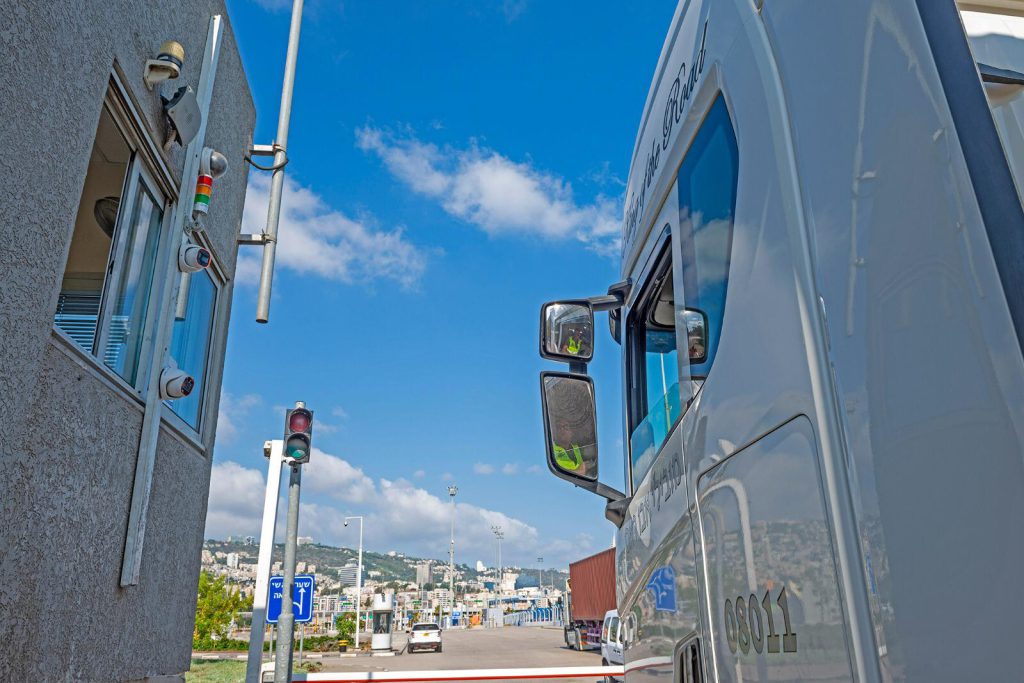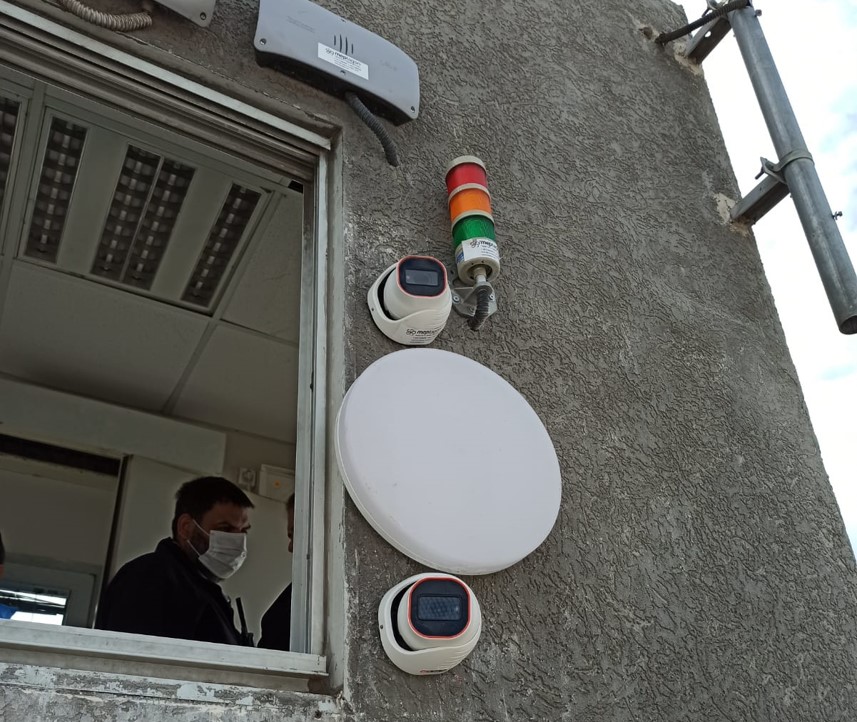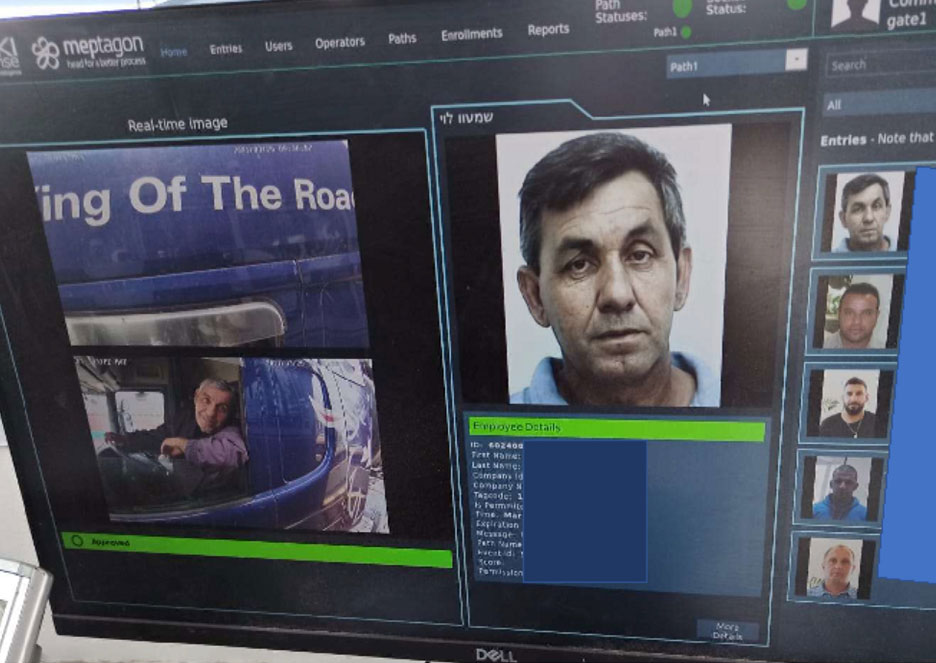In many countries that have access to the sea, we recognize that the largest entry point for goods is from the port.
Seaports work (mostly) 24/7 – 365 days a year.
The turnover of employees and visitors is incessant.
The entry and exit of vehicles and trucks is continuous, the traffic in the port is based on the rate of loading or unloading the goods from the ships. The port’s revenues are determined according to the same parameters. Therefore, the ambition of the sea port administration is to bring the ship into the dock, load/unload the goods, and take the ship back to sea.
Every sea port administration is required to have high levels of security, a level of safety with controls and training due to the many dangers there, and high efficiency in order to bring operational profit that is important to the country and the organization.


Points of negative impact on the profitability of the port:
Every day waiting for a ship to unload costs the shipping company tens of thousands of dollars.
Expensive operation of the port authority in terms of personnel and time reduces the profit.
Dissatisfaction of the shipping companies, traders, truck drivers (transportation) who are delayed for a long time in entering the port.
Reference to security and safety due to the sensitivity with the authorities in the country (criminal, security/terrorist, economic/customs, immigration/unauthorized entry).
Three subjects are required to be checked already at the entrance of the seaport:
Security – identity verification/prevention of entry or duplicating the identity of unauthorized persons, or vehicles without a permit.
Safety – linking the identity of the employee/visitor to the port systems to examine the presence of safety permits for entry and movement in the port. Preventing accidents due to lack of training.
Efficiency – reducing the pressure on the entrances at the port, allowing for a better flow of people and vehicles. and optimizing gate control while reducing human errors due to stress and fatigue, and reducing the amount of manpower due to the use of automatic gates.
In order to optimize the entrance control system integrated with facial recognition, the “Wiki-Sense” company had to overcome several difficulties:

Main activities of our new system in Haifa port.
All processes are activated against the port’s driving licensing system.
The communication between the server and the identification at the gate is not direct, in practice a request is sent with a link to a smart tag or a facial image.
The database is under the responsibility of the port and therefore the system is not directly related, thus improving information security/privacy.
This process increases the level of security and privacy protection of those registered in the database.
The driver is identified against an encrypted numerical “vector” without the use of images.
Each of the gateways is backed by the approved access list, and encrypted vectors. Providing reference to the level of local information protection on the individual at the gate.
Each gate has the ability to work autonomously with updates in front of the back server and the drivers’ licensing system.
All the gates are under the control of the control room – including manual or automatic control.
One employee can control a large number of gates, optimize processes and increase savings.
“Registration” of a new driver or one requiring an update can be done at the vehicle gate – ON the Fly – without getting off the truck, thus saving valuable time in the badge room.
The ability to activate the system by the guard automatically or manually, and at each gate separately. And this according to the customer’s decision.
The system combines access control methods on the same server (1:1 or 1 to many) and in the same complex on different gates – vehicle or pedestrian entrance / doors.

Capabilities and benefits of the system
Fast verification of the vehicle and the driver – direct impact on traffic flow, increasing the amount of trucks entering at a given time – improving profit.
Prevention of identity duplication. Lowering the level of criminal/negative activity in the port area.
Security and safety – registration of presence in the port area.
Ability to detect in different techniques and situations (pedestrians, buildings, open spaces)
Integration of existing technologies with additional technologies.
Lowering the personnel in shift operation.
Lowering the level of human error, preventing safety and security problems (insurance).

VikiSense provides biometric products and solutions for security and safety systems, public data systems, and marketing and advertising systems, with a focus on face recognition, voice recognition, and speech recognition.
Please leave your information and we’ll contact you ASAP.
© all rights reserved to Vikisense | site by web4all